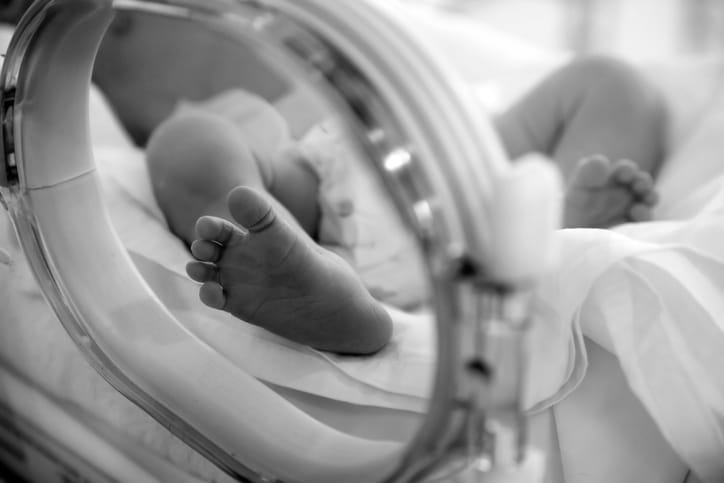What causes brain damage in newborns?
The following are some of the main causes of brain damage in newborns:
- Jaundice: Jaundice causes the skin to turn yellow, and there may also be a yellow tinge in the whites of the eyes. Although jaundice is common and most babies heal without treatment, severe cases can cause kernicterus. Kernicterus can cause cerebral palsy and hearing loss and, in severe cases, can be fatal.
- Maternal infection: The mother’s health significantly impacts their baby’s health. The following are some of the viral and bacterial infections that can cause brain damage:
- Cytomegalovirus
- Intrauterine infection
- Meningitis
- Rubella
- Oxygen deprivation: A newborn’s air supply can be cut off because of events during childbirth, such as the placenta detaching or the umbilical cord wrapping around the baby’s neck
- Physical trauma: Physical trauma is a possibility during natural childbirth, mainly if the baby’s head gets stuck in the birth canal. Delivery aids, such as forceps and vacuum extractors, can also cause physical trauma.
How to know if a birth injury is medical malpractice or negligence
Birth injuries may stem from accidents, medical malpractice, or medical negligence. The cause determines whether you have grounds for compensation from a legal claim.
Elements of medical malpractice
Medical malpractice is serious because it applies when someone makes a deliberate choice that causes harm. It can include intentional actions, such as recommending an unnecessary or unsafe treatment, or other inactions, such as dismissing a patient’s symptoms and choosing not to identify their cause and provide treatment. Proving medical malpractice involves establishing the following:
- Duty of care: Establishing duty of care means proving the accused was responsible for caring for your infant. Duty of care applies to obstetricians, delivery nurses, and others involved with the mother and infant’s care before and during birth.
- Breach of duty: You must establish one or more parties with a duty of care failed to deliver standard medical care
- Causation: Establishing causation means proving that the breach of duty of care caused the infant harm
- Actual damages: Damages refer to costs stemming from the breach of duty, such as medical bills
You must show one or more medical professionals were responsible for providing you and your infant with medical care, that they did not meet the requirements of an acceptable standard of care, that failure caused harm, and that there are costs stemming from the harm caused by their negligence.
How to establish negligence
Medical negligence applies when a medical professional makes an unintentional mistake. The distinction between medical malpractice and negligence lies in intent. Professionals guilty of malpractice make deliberate choices despite knowing those choices may cause harm. In contrast, those guilty of negligence intend to provide appropriate treatment but make an intentional error that causes harm.


